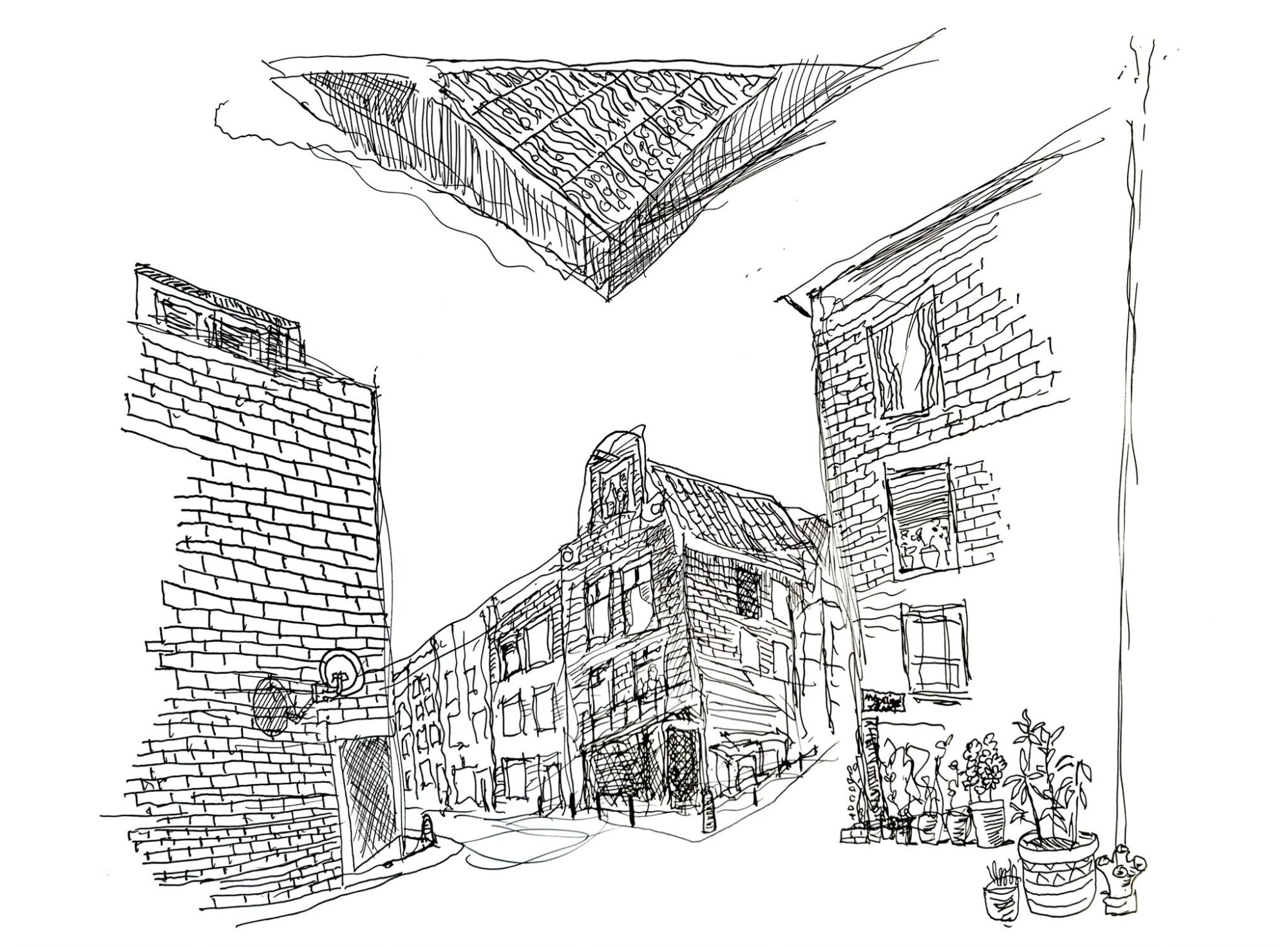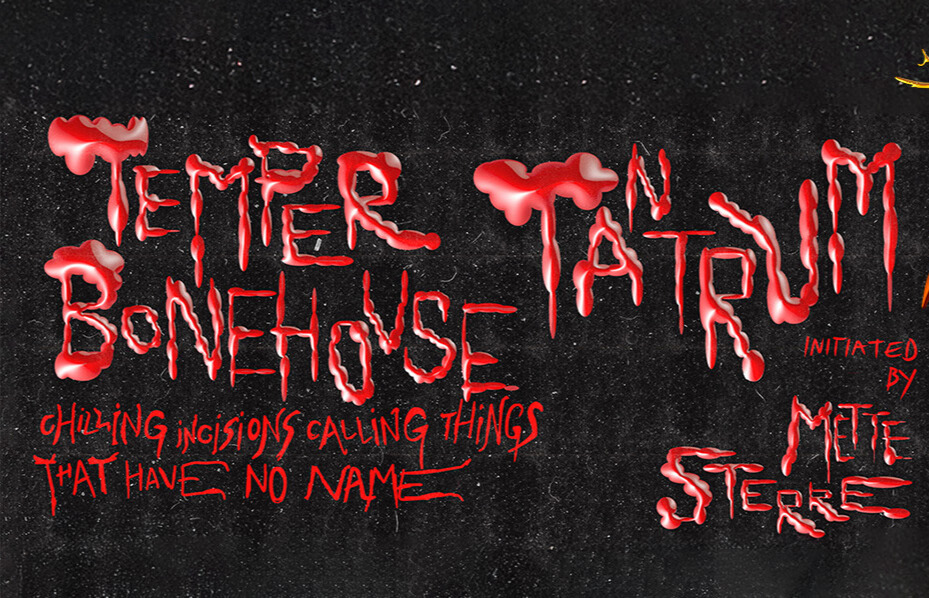
On September 12, we are opening the first exhibition in our new permanent gallery space with an exhibition of three artists who draw on their unique personal histories: Fiona Lutjenhuis, Mai van Oers and Alexxx. All three use a highly individual, almost hallucinatory visual language.
The work of Fiona Lutjenhuis (NL, 1991) revolves around depicting and reinterpreting the religious ideologies she grew up with. During her childhood, she lived with her family in a village in North Brabant, where her parents joined a sect based on a mixture of theosophical ideas, esoteric cosmologies, stories about extraterrestrial life and the existence of supernatural life forms. Drawing on personal memories and archival material, she explores and transforms the ideological legacy of her childhood. Rather than a literal reconstruction, her work offers a poetic retelling: an attempt to make the unknown tangible, without the intention of judgement.
Lutjenhuis is exhibiting two room dividers, textile works and a series of drawings, among other things. During this exhibition, her solo exhibition at Het Noord Brabants Museum will also open, and as icing on the cake she has been nominated for the Prix de Rome.
Mai van Oers (NL, 1953) and Alexxx (BLR) are presenting a joint project. Wallpaper they created for the presentation of No Limits! Art Castle in Centraal Museum Utrecht, consisting of a combination of different drawings. Original works of art are presented on the wallpaper in the gallery.
In this series of drawings, Alexxx processed his history of addiction, his experiences with the IND (Immigration and Naturalisation Service) and the changing view on migrants in Dutch society. He works in an intense, highly detailed manner with ballpoint pen on paper.
Van Oers’ drawings are based on fairy tales such as Snow White and Cinderella. They depict strange worlds in which cathedrals, tombs, fairy-tale characters and animals live in environments full of structures that can sometimes be traced back to reality and sometimes follow their own logic. She also refers to her own past, such as her childhood with the nuns.


